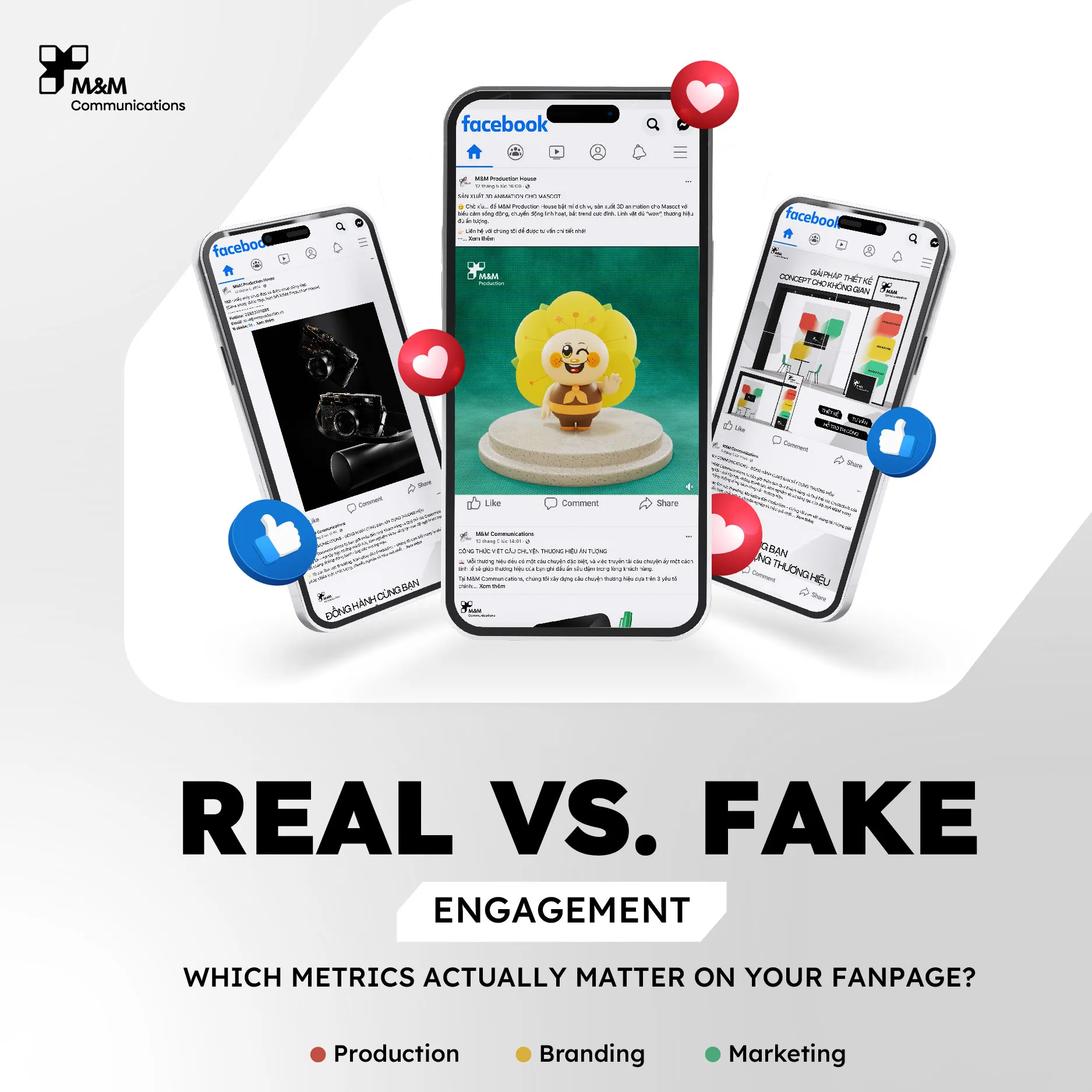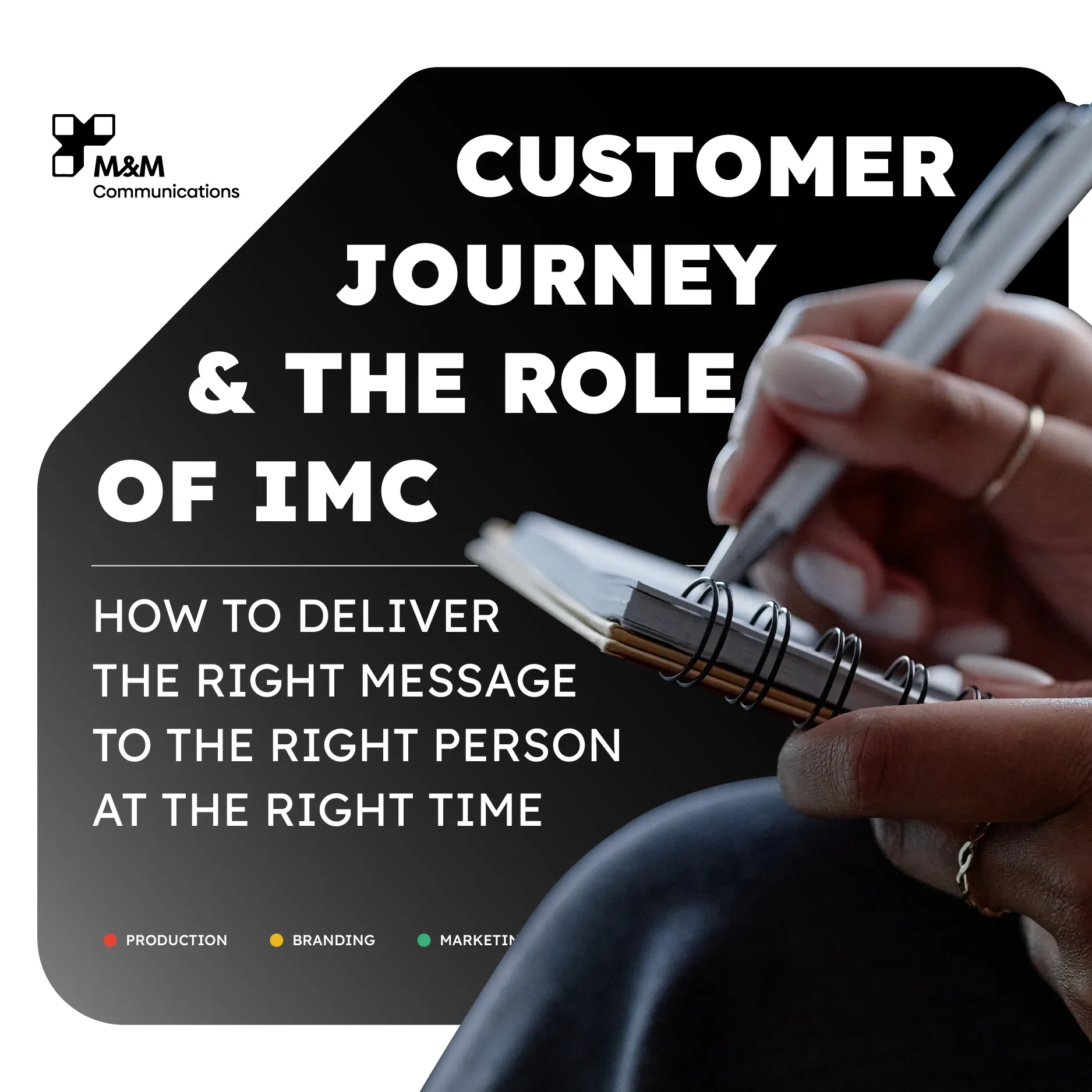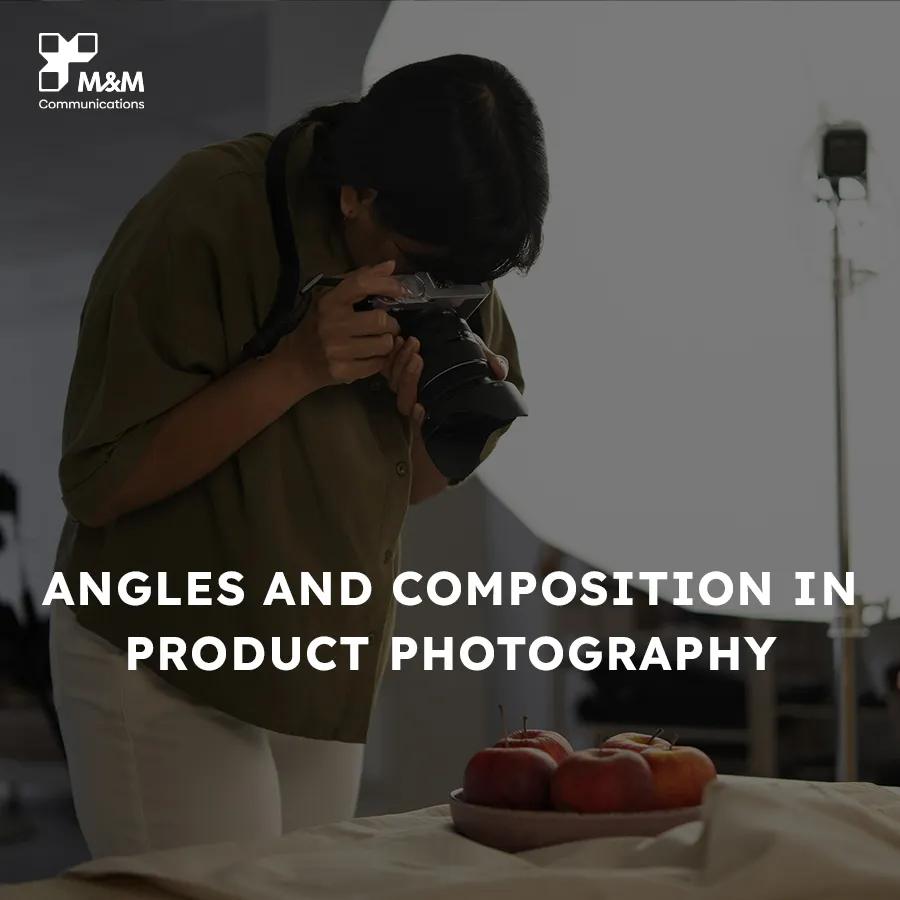
In the world of product photography—especially for e-commerce, marketing, and brand promotion—lighting is one of the most critical factors determining the quality of your images. No matter how advanced your camera is, without understanding and controlling lighting properly, your product photos may still lack depth, emotion, and professionalism.
In this article, M&M Communications explores the importance of lighting in product photography, the common types of lighting, tips for using light effectively, and why investing in lighting is a smart move for every marketing campaign.
1. Why is lighting so important in product photography?
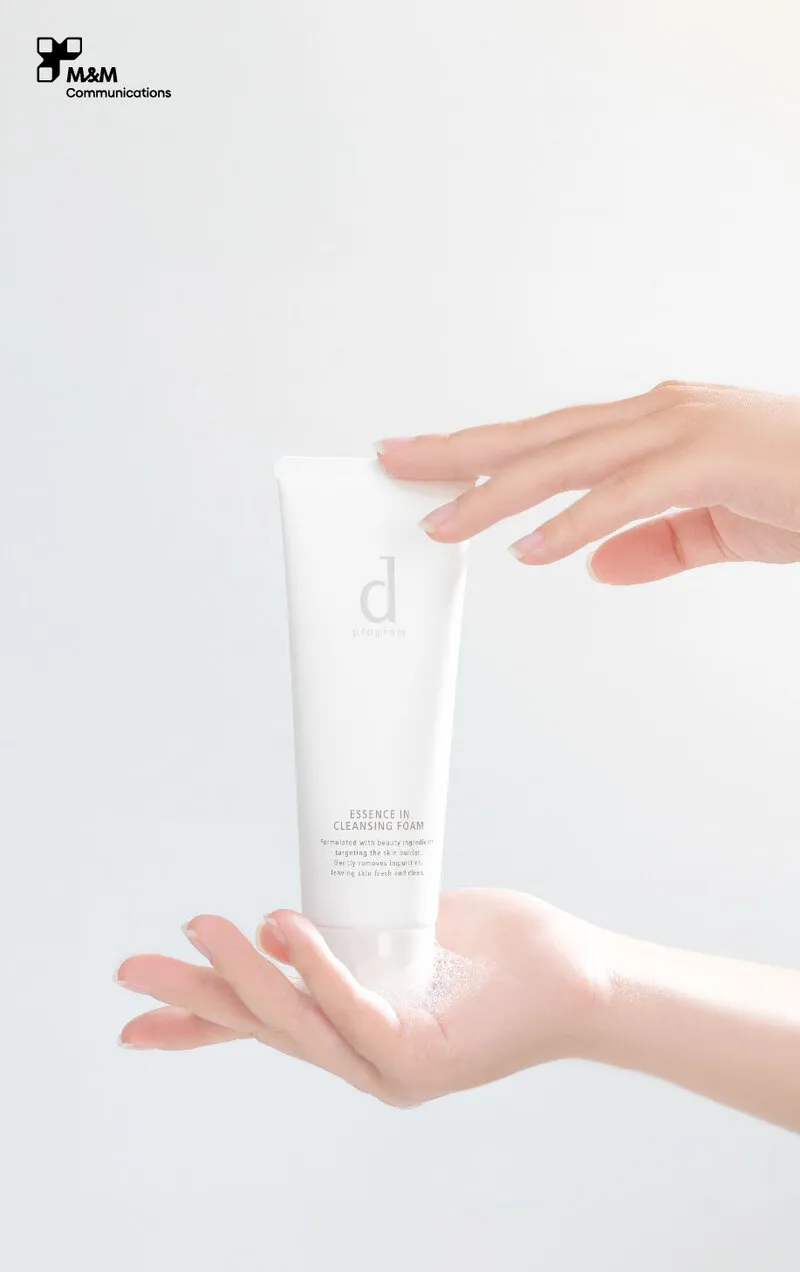
Lighting is not just a tool to “illuminate” your subject. It’s a visual language that helps viewers perceive texture, shape, color, and detail. A well-lit image will:
Increase appeal and professionalism: Good lighting makes products stand out, creating a high-quality, trustworthy impression in the eyes of consumers.
Accurately reflect the product: Customers want to know exactly what they’re buying. Poor lighting can misrepresent colors or textures, leading to negative user experiences.
Create mood and context: The right lighting setup can tell a story, evoke emotions, and stimulate buying desire, especially for fashion, cosmetics, or lifestyle products.
>>> What benefits do impressive product images bring to the business?
2. Common types of lighting used in product photography
2.1. Natural light
Sunlight is a free and accessible source of lighting—perfect for natural, handmade, or organic product concepts. However, it can be inconsistent due to the time of day or the weather.
Tips for using natural light effectively:
Shoot near windows or outdoors during early morning or late afternoon for soft, diffused light.
Use white curtains or reflectors to diffuse harsh light and minimize shadows.
2.2. Artificial light
Artificial lighting offers more control and consistency, making it ideal for studio photography. Main types include:
Continuous lights: Let you see how the light affects the product in real-time. Great for beginners.
Strobe lights (flash): Strong and precise, commonly used for professional product shots, especially for reflective surfaces like jewelry or electronics.
3. Popular lighting styles in product photography
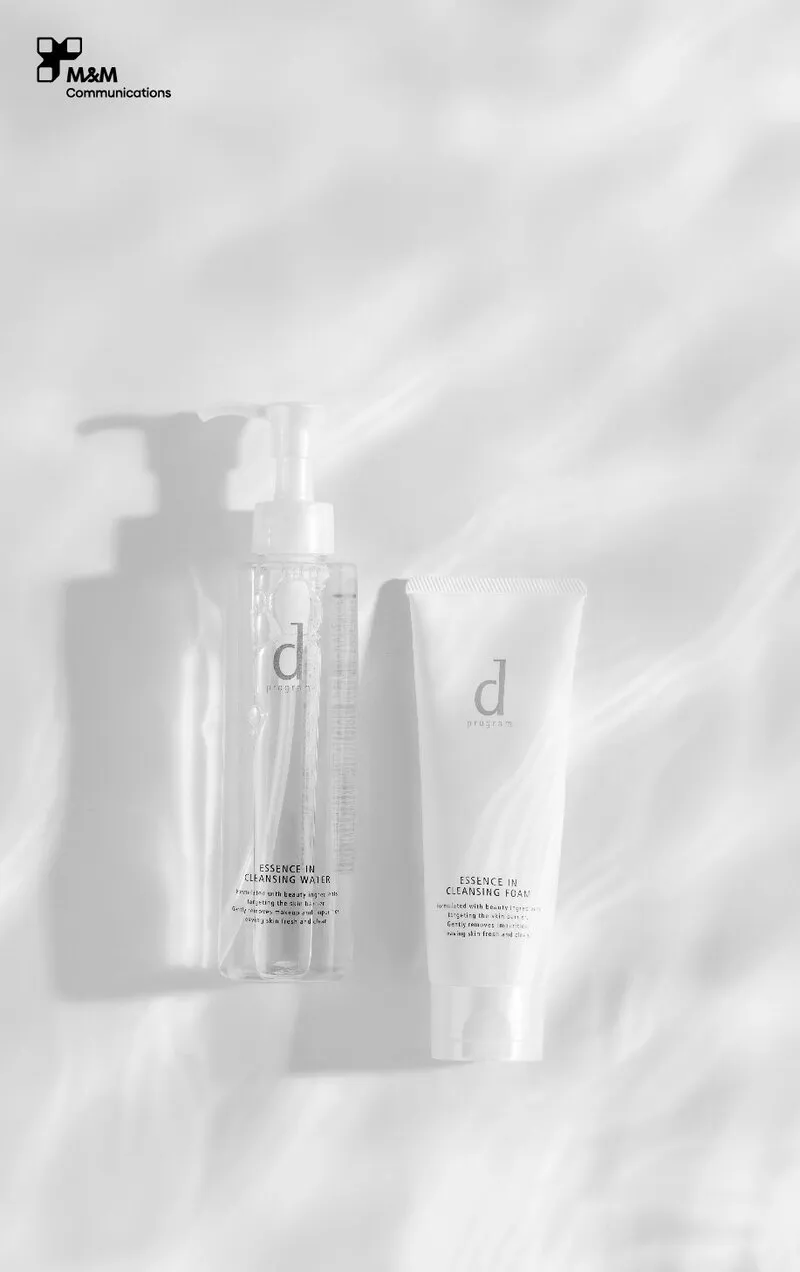
3.1. Flat lighting
Even lighting across the product, usually used for white-background commercial shots. It ensures clear visibility and is ideal for e-commerce platforms.
3.2. Shadow lighting
Creates soft shadows that add depth and realism to the product. This style is often used in lifestyle or creative conceptual shoots.
3.3. Rim lighting
Backlighting that creates a glowing outline around the product, emphasizing its shape and silhouette—great for bottles, perfume, and items with distinctive forms.
4. Common lighting mistakes to avoid
Overexposure: Excessive lighting can wash out product details.
Underexposure: Poor lighting makes photos grainy and unprofessional.
Improper light direction: Leads to harsh or distracting shadows.
Inconsistent lighting across photos: Disrupts brand consistency and reduces credibility.
>>> Things to Keep in Mind When Taking Product Photos
5. Pro tips to optimize lighting in product photography
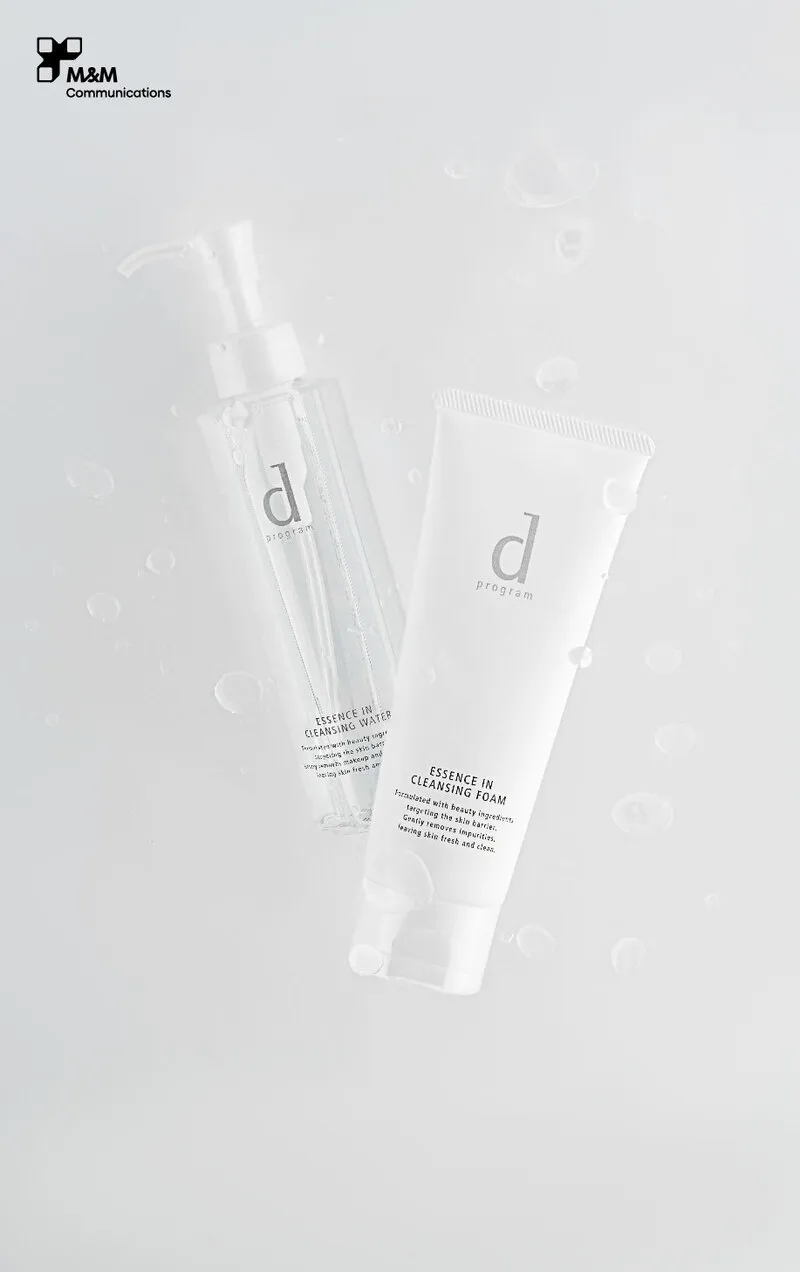
Use softboxes or diffusers to distribute light evenly and eliminate harsh shadows.
Always check your white balance to ensure accurate color reproduction.
Combine multiple light sources (key, fill, and backlight) to create natural-looking depth.
Test different lighting angles to find the most flattering direction for each product.
Choose the right background, avoiding overly reflective surfaces that distract from the product.
6. Lighting and its impact on branding and marketing
Beyond technical roles, lighting is a powerful branding tool. For example:
Premium cosmetic brands often use soft, glowy lighting to convey elegance and quality.
Trendy and dynamic brands opt for strong contrast and edgy lighting.
Seasonal campaigns like summer launches benefit from warm, sun-kissed lighting to evoke positive, vibrant emotions.
At M&M Communications, a creative production agency specializing in commercial visuals, lighting is not just a technical aspect—it’s part of the creative language that conveys the brand’s soul and character in every frame.
Conclusion
Lighting plays a pivotal role in product photography—it directly affects image quality, storytelling, and consumer decision-making. Whether you're a photographer, marketer, or business owner, mastering light will elevate your brand image, increase engagement, and drive conversions.
M&M Communications – Your trusted partner in every frame. We provide tailored professional, strategic, and impactful product photography, video production, and content creation services. Contact us today for a personalized consultation!
>>> Professional Product Photography Services With M&M Communications

